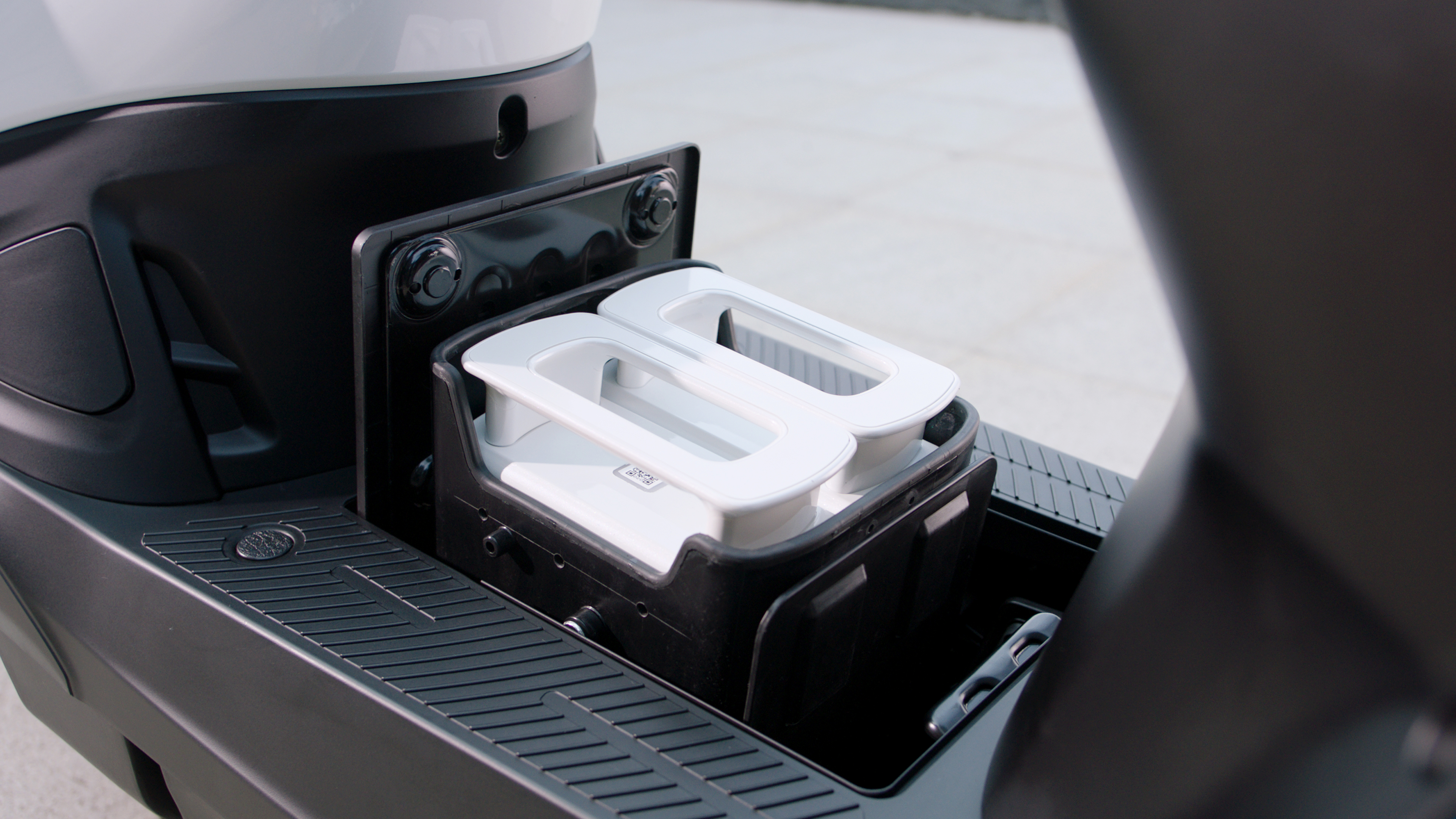
Empowering the Future: Unraveling the Potential of Lithium Battery Energy Storage

Introduction
As the world transitions towards renewable energy sources, energy storage systems have emerged as a vital piece of the puzzle. Among the various technologies available, lithium battery energy storage systems (BESS) stand out as the frontrunner, revolutionizing the way we harness, store, and utilize clean energy. In this blog, we delve into the fascinating world of lithium battery energy storage and explore how it is shaping a more sustainable and resilient future.
1. The Need for Energy Storage
Renewable energy sources like solar and wind are essential for reducing carbon emissions and combating climate change. However, their intermittent nature poses challenges for grid stability and reliability. Energy storage systems bridge this gap by capturing excess energy when it's available and releasing it when demand is high, ensuring a steady and consistent power supply.
2. Lithium Battery Energy Storage - The Powerhouse Solution
Lithium battery energy storage has taken the lead in the race for effective and efficient energy storage solutions. These batteries, known for their high energy density and excellent performance, have become the cornerstone of modern energy storage systems due to their numerous advantages.
3. Key Benefits of Lithium Battery Energy Storage
3.1. High Energy Density: Lithium batteries offer one of the highest energy densities among all rechargeable battery technologies. This means they can store a significant amount of energy in a relatively small and compact space.
3.2. Fast Charging and Discharging: Lithium batteries facilitate rapid charging and discharging, enabling them to respond quickly to fluctuations in energy supply and demand, thus stabilizing the grid.
3.3. Long Cycle Life: The advanced chemistry of lithium batteries allows for a large number of charge and discharge cycles, ensuring a long operational life for energy storage systems.
3.4. Scalability: Lithium battery energy storage systems are highly scalable, making them suitable for a wide range of applications, from residential setups to large-scale utility projects.
3.5. Environmental Friendliness: Lithium batteries are free from toxic materials like lead and cadmium, making them environmentally friendly and safe for both users and the planet.
4. Applications of Lithium Battery Energy Storage
4.1. Grid Stabilization: Lithium battery energy storage systems help stabilize power grids by providing frequency regulation and smoothing out fluctuations in energy supply and demand.
4.2. Renewable Energy Integration: By storing surplus energy generated from renewable sources, such as solar and wind, lithium battery energy storage facilitates a more reliable and consistent renewable energy supply.
4.3. Backup Power: Residential and commercial buildings can utilize lithium battery energy storage to ensure uninterrupted power supply during grid outages or emergencies.
4.4. Electric Vehicle Charging: Integrating lithium battery energy storage with EV charging stations can manage peak demand and enable faster charging, reducing strain on the grid.
5. Advancements and Future Outlook
As technology continues to evolve, researchers and engineers are tirelessly working to enhance the capabilities of lithium battery energy storage systems. Improvements in materials, safety features, and manufacturing processes are paving the way for more cost-effective and high-performing solutions.
Conclusion
Lithium battery energy storage has emerged as a game-changer in the realm of renewable energy integration and grid stability. As we strive for a greener and more sustainable future, these versatile energy storage systems are empowering us to make the most of clean energy sources and reduce our dependence on fossil fuels. With ongoing innovations and increased adoption, lithium battery energy storage will play a crucial role in shaping a resilient and eco-conscious energy landscape for generations to come. Let's harness the power of lithium and unlock a brighter energy future together.




